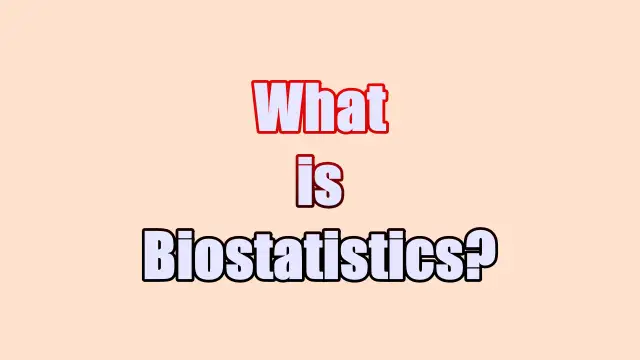Biostatistics is a vital field that applies statistics to biology, especially in medicine. It helps researchers answer complex questions about health and disease. As the need for data-driven decisions grows, biostatistics has expanded to include various quantitative models beyond traditional statistics.
What is Biostatistics?
At its core, biostatistics involves using statistical methods to analyze biological data. This can include anything from clinical trials to public health studies. The goal is to make sense of data and draw meaningful conclusions that can improve health outcomes.
Where Can You Study Biostatistics?
Most biostatistics programs are offered at the graduate level. You can find these programs in:
- Schools of Public Health: These programs often focus on health-related research.
- Medical Schools: Here, biostatistics is applied to clinical research.
- Departments of Statistics: Some universities offer specialized tracks in biostatistics.
The Role of Biostatistics in Research
Biostatistics plays a crucial role in various fields, including:
- Public Health: It helps in studying disease patterns, nutrition, and environmental health.
- Genomics: Biostatistics is essential for analyzing genetic data and understanding population genetics.
- Medicine: It aids in designing clinical trials and evaluating treatment effectiveness.
- Ecology: Researchers use biostatistics to study ecosystems and biodiversity.
- Agriculture: It helps in assessing crop yields and agricultural practices.
Biostatistics and Medical Informatics
Biostatistics is often seen as a branch of medical informatics. This field focuses on managing and analyzing health data. Biostatistics provides the tools needed to interpret this data effectively. It also overlaps with bioinformatics, which deals with biological data, especially in genomics.
Key Methods in Biostatistics
Biostatistics uses various quantitative methods drawn from different fields, including:
- Statistics: The foundation of biostatistical analysis.
- Operations Research: Techniques for optimizing processes and decision-making.
- Economics: Understanding cost-effectiveness in health interventions.
- Mathematics: Essential for developing models and algorithms.
Biostatistics vs. Biometry
The terms biostatistics and biometry are often used interchangeably. However, biometry typically refers to biological applications, particularly in agriculture, while biostatistics is more focused on medical applications.
Why is Biostatistics Important?
Biostatistics is crucial for several reasons:
- Informed Decision-Making: It helps healthcare professionals make data-driven decisions.
- Improving Public Health: By analyzing health data, biostatistics can identify trends and inform policies.
- Advancing Medical Research: It plays a key role in clinical trials, ensuring that new treatments are safe and effective.
- Understanding Disease Patterns: Biostatistics helps researchers understand how diseases spread and affect populations.
Frequently Asked Questions About Biostatistics
1. What is biostatistics?
Biostatistics is the application of statistical methods to biological and medical research.
2. Where can I study biostatistics?
Most biostatistics programs are available at the graduate level in schools of public health, medical schools, and statistics departments.
3. What fields use biostatistics?
Biostatistics is used in public health, medicine, genomics, ecology, and agriculture.
4. How does biostatistics differ from biometry?
While both terms are similar, biostatistics focuses on medical applications, whereas biometry is more related to biological and agricultural studies.
5. Why is biostatistics important?
It helps in making informed decisions, improving public health, advancing medical research, and understanding disease patterns.
Conclusion
Biostatistics is a powerful tool that bridges the gap between data and health outcomes. By applying statistical methods to biological research, it helps us understand complex health issues and improve public health. Whether you’re considering a career in this field or simply want to learn more, understanding biostatistics is essential in today’s data-driven world. Explore this fascinating discipline and see how it can impact health and medicine!

